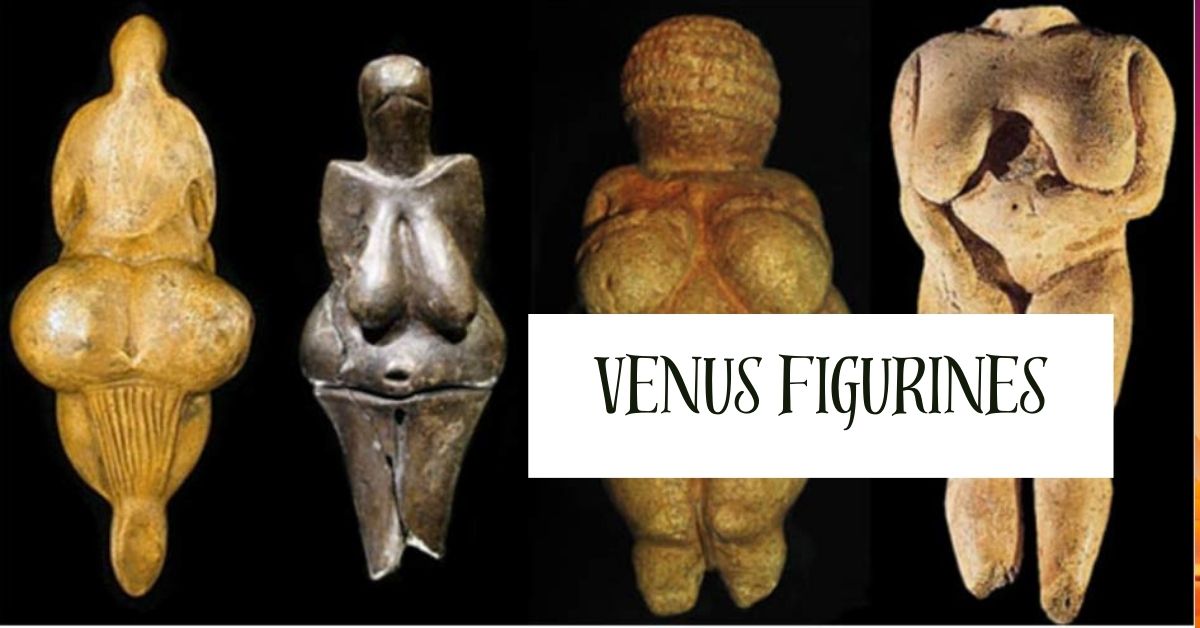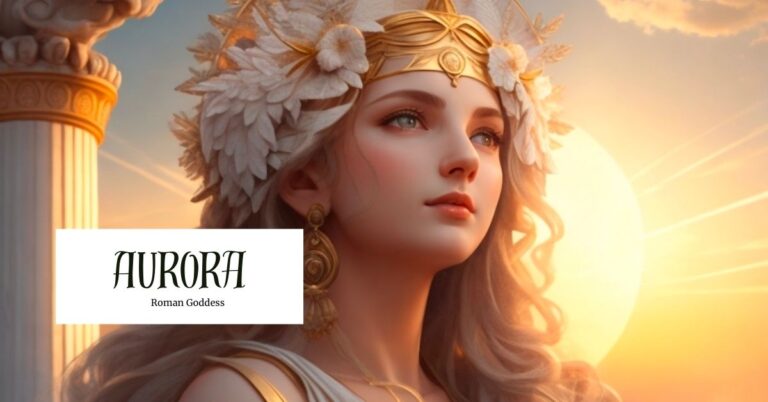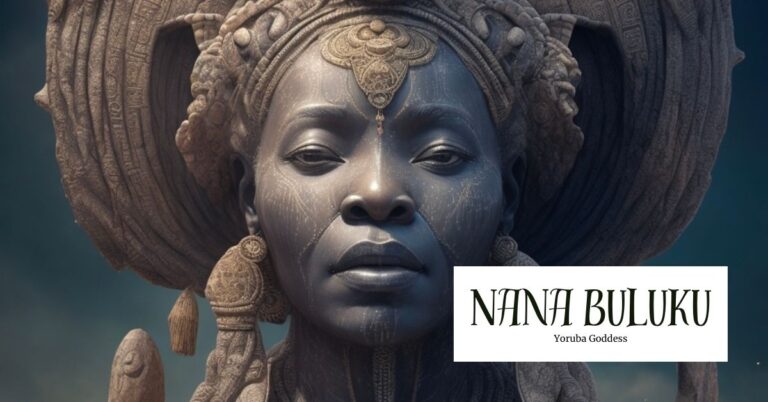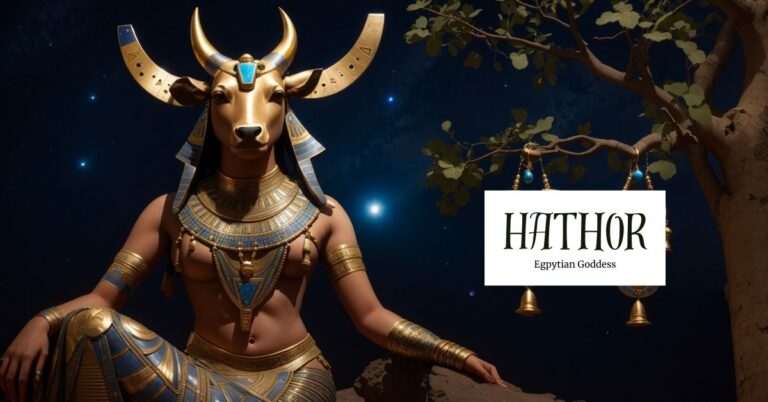Venus Figurines
Paleontologists have uncovered Venus figurines dating back to the Paleolithic era between 40,000 and 10,000 BCE (Encyclopedia of Stone Age Art). Their meaning and purpose are heavily debated among the paleontology community and those interested in ancient artifacts and societies.
What’s fascinating is that these figurines are often found in disparate locations, highlighting the universal appeal of prehistoric art.
Two of the most famous figures, in particular, were unearthed in France and Austria, respectively, providing a glimpse into the artistic expression of our ancient ancestors. As we continue to uncover these artifacts, we gain a deeper understanding of human history and the evolution of art.
On the term Venus
Venus is the name of the Roman goddess representing love and beauty, or Aphrodite in Greek tradition. Marquis de Vibraye, who first discovered one of these figurines, names it La Vénus impudique or “immodest Venus” (Liew). However, these sculptures and figures were created when written language was not yet present (Liew et al.) – so the names of these figurines came about once paleontologists discovered them.
There is no way of understanding exactly what name these figures and sculptures would have been given between 40,000 and 10,000 BCE.
There is a lot of debate over what these seemingly female figurines represent or why they were created in the first place. The theories include that they represent a symbol of fertility, sexual objects, worship of the Great Goddess, or, lesson commonly, the idea of feminine beauty during this period.
Common characteristics

While various female figures have been discovered, they all are very closely related in the way they were created and the characteristics they share. Such figurines were made to show exaggerated breasts, hips, and thighs and draw attention to the female body’s reproductive aspects.
Each Venus figurine that has been discovered depicts an obese or seemingly pregnant woman with large breasts that paleontologists have debated is an example of a woman who is fertile and able to bear children.
On the famous Venus of Willendorf (Zygmont), which will be mentioned in more detail, there is still some evidence of red ochre around the reproductive area of the carved statute, indicating the idea of menstrual cycles.
Each of the statuettes found is anywhere between 2.5 and 10.2 cm tall. Each seemed to depict a sort of immodest Venus, mother goddess, or obese or pregnant women.
Materials used to construct the Venus figurines
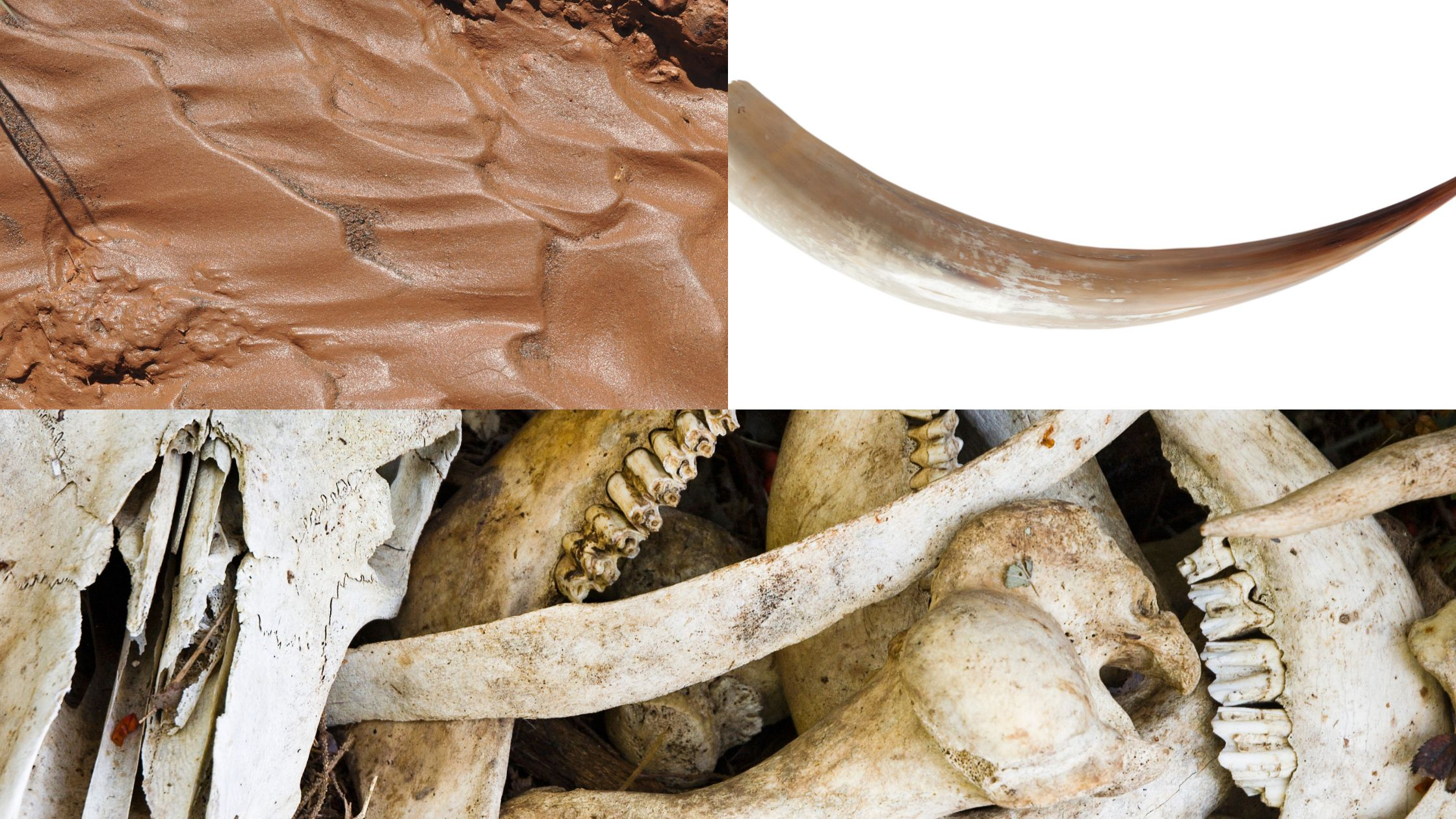
Since these figurines date back to the prehistoric era, we must remember the simplicity of the materials that would have been used.
The most common materials included mammoth ivory, clay, and bone. Regarding the Venus figurine specifically, ivory was the most common material you’d see being used.
These stone age statuettes were sometimes carved from soft stone such as basalt pebbles or other bones such as teeth – but it has been far more common to see them carved from mammoth ivory (Encyclopedia of Stone Age Art).
Mammoth ivory
Mammoth ivory, which is the ivory derived from the tusks of woolly mammoths, was a valuable and versatile resource used extensively in creating small figurines and other forms of art during the Upper Paleolithic era.
These figurines created were aesthetically pleasing and served as religious and ceremonial objects. In addition to figures, mammoth ivory was also commonly used to create tools and weapons, such as knives and spears, due to its strength and durability.
The use of mammoth ivory in art and other applications continued throughout the late stone age, demonstrating its lasting impact on human culture.
Clay
During prehistoric times and beyond, clay was the preferred material for creating human figures and other ceramic art. Its versatility made it a popular choice, even though not many Venus figurine statues were made using it.
Despite this, there are still examples of clay in sculpture art today. Clay’s ability to be molded and shaped into any form and its durability have made it a staple material in the art world for generations.
Bone
The material known as bone shares many characteristics with mammoth ivory, particularly in its capacity to be shaped into intricate sculptures and serve as the medium for some of the earliest examples of prehistoric artwork known to exist.
Not only was it used intermittently with art throughout this period, but it was also a staple in making weapons and tools – most likely the tools used to carve the Venus figurines.
Possible representations of the Venus figurines
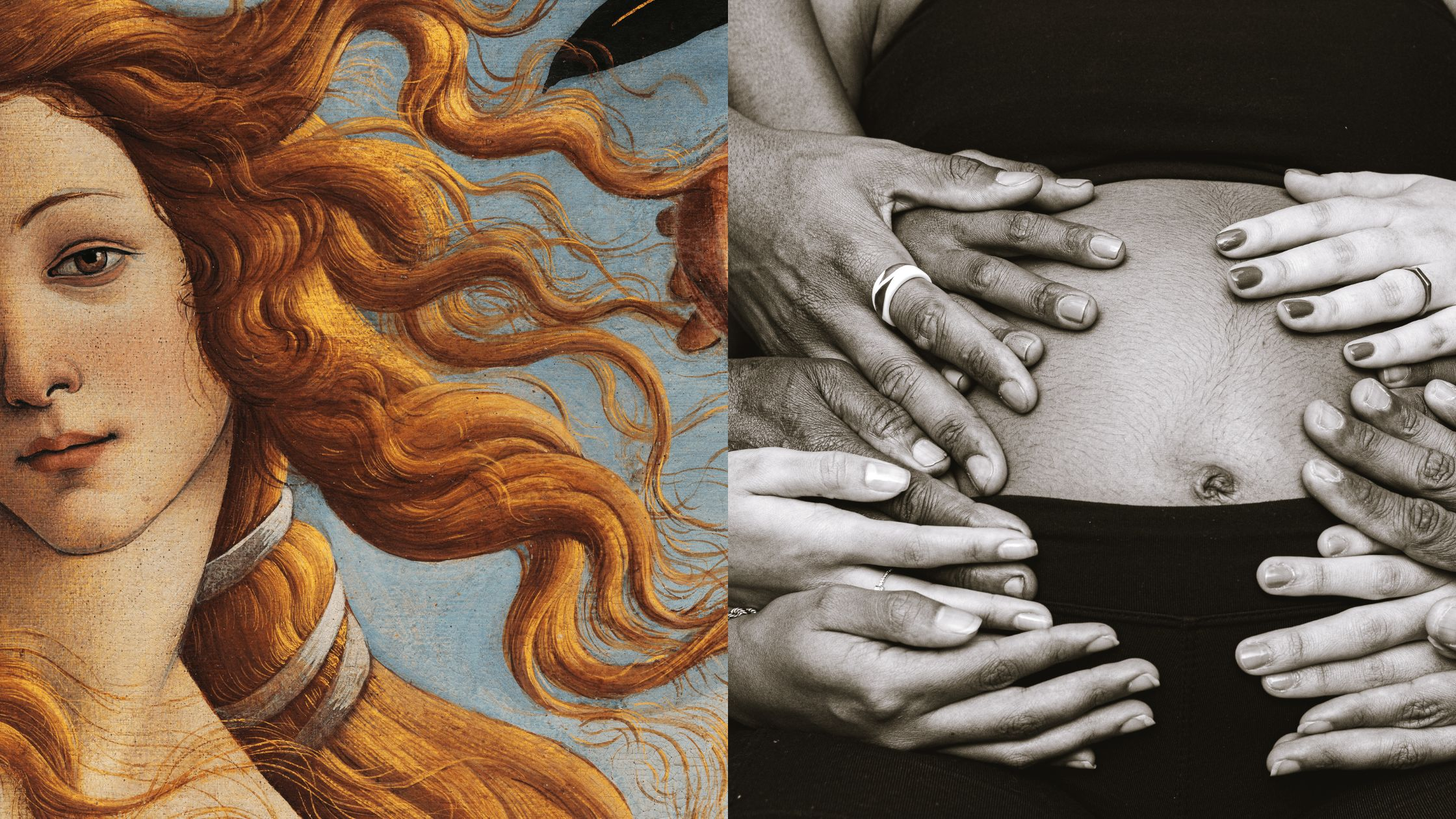
What do Venus figurines symbolize? Apart from their mysterious origin and unlikely discovery, many scholars still debate the art and what the figurines symbolize.
Depending on who you talk to and what archeologist or paleontologist you ask, there will be varying opinions, including one that regular citizens have brought to the table.
They also seemed to bring together femininity in modern times by those intrigued by its purpose – in modern times; there are many variations, more detailed and modern versions, and even jewelry being made to represent the power of feminine and crushing typical Western beauty standards.
Venus figurines as sexual objects
Some say that the purpose or symbol these depict is just the sexualization and sexuality of women. Each figurine pays close attention to the breasts, ample hips, and little to the legs and arms.
They are heavily focused on the reproductive aspects of women. It could also be said that these were symbols that were instead created by men based on what they desired and their interpretation of feminine beauty (Vanderwettering 4).
It is also suggested that these could be one of the earliest examples of Paleolithic pornography (Liew). This is because of the lack of understanding of the role of females in the realm of stone age men and their beliefs and religious systems (Encyclopedia of Stone Age Art).
Female sexuality has constantly been a topic of discussion among culture and the history of society – though there is no way to know for sure the reasoning and purpose behind the creation of these figurines, many possibilities are still being explored.
Venus figurines as a fertility symbol
On the other hand, these female figurines have been suggested by scholars to depict a symbol of fertility and the reproductive and child-rearing capabilities of females.
In the example of the Venus of Willendorf, there is a very detailed carving of the reproductive parts of the body, and evidence of red ochre was found around the lower half of the statue.
Scholars theorize that the large breasts, hips, and bellies symbolize fertility, reproduction, and bringing a child into the world. The breasts indicate that they can feed a child, and while some speculate that the statues are obese, it could be seen that they are instead depicting pregnant women.
However, there is a less appealing side to this theory of a symbol of fertility. It is theorized that men constructed these figurines to express the “obsessive need” for women who could bear them children (Vanderwettering 4). It is mentioned that it may also be likely that the times pregnancy occurred in these earlier hunter-gather societies was what was trying to be controlled (Vanderwettering 4).
It was tough to have a successful pregnancy during those times compared to modern times; they were a nomadic culture that traveled often. So it wouldn’t be completely unreasonable to assume that there was an element of control with these statutes as to when pregnancy occurred to ensure it was convenient for society and people.
Venus figurines as the Great Goddess
According to scholars, there is a possibility that these artifacts could have been used to express a religious appreciation and ritualistic aspect for the Great Goddess.
The Great Goddess was seen as the “Mother Goddess,” and the element of females being able to create and sustain life from herself was a mysterious and magical event. This event was celebrated to ensure abundance in the coming year of game and fruit (Mor an Sjoo 37).
In the oldest creation myths, the woman creates the world and life from her body. She was viewed differently than the male gods we recognize throughout religion today. The intimacy and power of childbirth contrasts starkly with creation being a separate act from the body.
The Great Goddess was wholly responsible for both the good and bad of life, as opposed to the modern concept of dualism between good and evil. She was viewed as the progenitor of all, the Mother Earth (Mor and Sjoo 38).
It is unclear if this is indeed the case. Still, it is worth noting that these small artifacts were quickly portable and could have been used in religious or ceremonial celebrations by traditionally nomadic peoples.
While we may never know for certain, it is intriguing to consider these artifacts’ potential cultural and religious significance.
Notable Venus figurines
There are a large variety of different Venus figures that have been discovered from the Upper Paleolithic era. Still, the two most prolific prehistoric art crafted by these mysterious ancient societies was the Venus of Willendorf and the Venus of Berekhat Ram.
In these two instances, both of these statues were carved from soft stone, so due to certain environmental factors like climate change and the natural process of rock and sediment buildup, there was heavy controversy over whether these two figures were similar to the other “Venus Figures” that have been discovered or if they were simply a result of erosion.
Venus of Willendorf
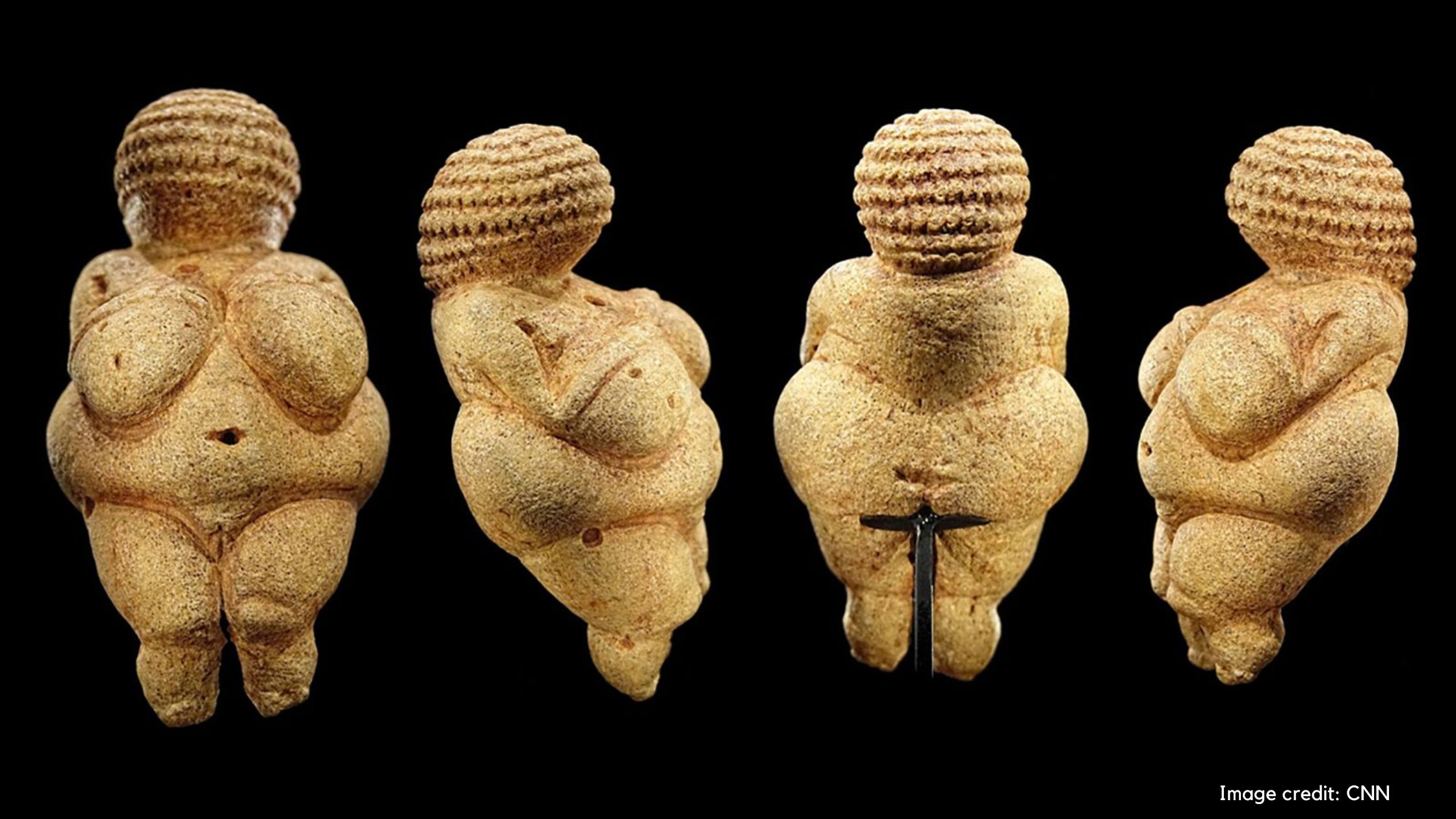
The Venus of Willendorf was discovered in Danube Valley, Austria 1908. It has been described as the most graphic and naturalistic representation of all the other statutes discovered (Zygmont).
This particular artifact is what leads scholars to be more inclined to assume they symbolize fertility because of the large and exaggerated reproductive features.
The Venus of Willendorf also created an avenue within modern society to reimagine it as a powerful sign of feminity with necklaces and more modern and detailed renditions being made.
Venus of Berekhat Ram

The Venus of Berekhat Ram was the original Venus found on the shore of Lake Ram between Syria and Israel (Patowary). It was and still is hotly debated between archeologists and paleontologists whether this is indeed part of the Venus statues or if it was the rock that changed shape due to erosion.
It was found between layers of volcanic ash dating between 230,000 and 700,00 BCE, meaning it had to have been carved between those dates (Patowary).
Under a microscope, there seem to be signs of deliberate carving marks indicating a sharp tool was used instead of simply eroding.
This particular Venus figurine predates Neanderthals and our modern species of homo sapiens (Patowary). Many researchers believe that the Homo Erectus, the stage of human evolution between primates and modern humans, may have carved it.
This figurine was discovered in 1981 and is made of basalt pebble – aligning with the materials used in the earliest known examples of prehistoric art.
This sculpture’s physique and overall figure are not as detailed or prominent as other examples discovered, like the Venus of Willendorf.
Final thoughts
Throughout history, the Venus figurines have captured the attention of scholars and art enthusiasts alike. These ancient sculptures dating back to the Paleolithic era have been discovered across Europe and share several standard features. Notably, they often depict exaggerated feminine features, emphasizing the reproductive aspects of the female body.
Crafted from various materials, including mammoth ivory, clay, and bone, these Venus figurines have been the subject of much debate and speculation. While some researchers believe they may have been used as sexual objects, others argue that they may have been symbolic representations of fertility or even embodiments of the Great Goddess.
Among the most famous Venus figurines are the Venus of Willendorf, often interpreted as a symbol of fertility and nurturing, and the Venus of Berekhat Ram, a controversial artifact dating back to an earlier period. Despite the many theories surrounding their meaning and purpose, these ancient sculptures offer a unique glimpse into our ancestors’ beliefs, values, and artistic expressions from a time long past.
Works Cited
Encyclopedia of Stone Age Art. “Venus Figurines, Prehistoric: Definition, Characteristics, Interpretation.” Visual-arts-cork.com, http://www.visual-arts-cork.com/prehistoric/venus-figurines.htm. Accessed 19 June 2023.
Liew, Jessica, et al. “Venus Figurine.” World History Encyclopedia, 10 July 2017, https://www.worldhistory.org/Venus_Figurine/. Accessed 20 June 2023.
Mor, Barbara, and Monica Sjoo. The Great Cosmic Mother : rediscovering the religion of the earth. HarperCollins, 1987. Accessed 21 June 2023.
Patowary, Kaushik. “Venus of Berekhat Ram: The World’s Oldest Piece of Art That Predates Humans.” Amusing Planet, 13 October 2016, https://www.amusingplanet.com/2016/10/venus-of-berekhat-ram-worlds-oldest.html. Accessed 20 June 2023.
Vanderwettering, Kaylea R. “Upper Paleolithic Venus Figurines and Interpretations of Prehistoric Gender Representations.” Pure Insights: A Publication of the Program for Undergraduate Research Experiences at Western Oregon University, vol. 4, no. 1, 2015, pp. 1-6. https://digitalcommons.wou.edu/cgi/viewcontent.cgi?article=1051&context=pure.
Zygmont, Bryan. “Venus of Willendorf – Smarthistory.” Smarthistory, 2015, https://smarthistory.org/venus-of-willendorf/. Accessed 20 June 2023.

